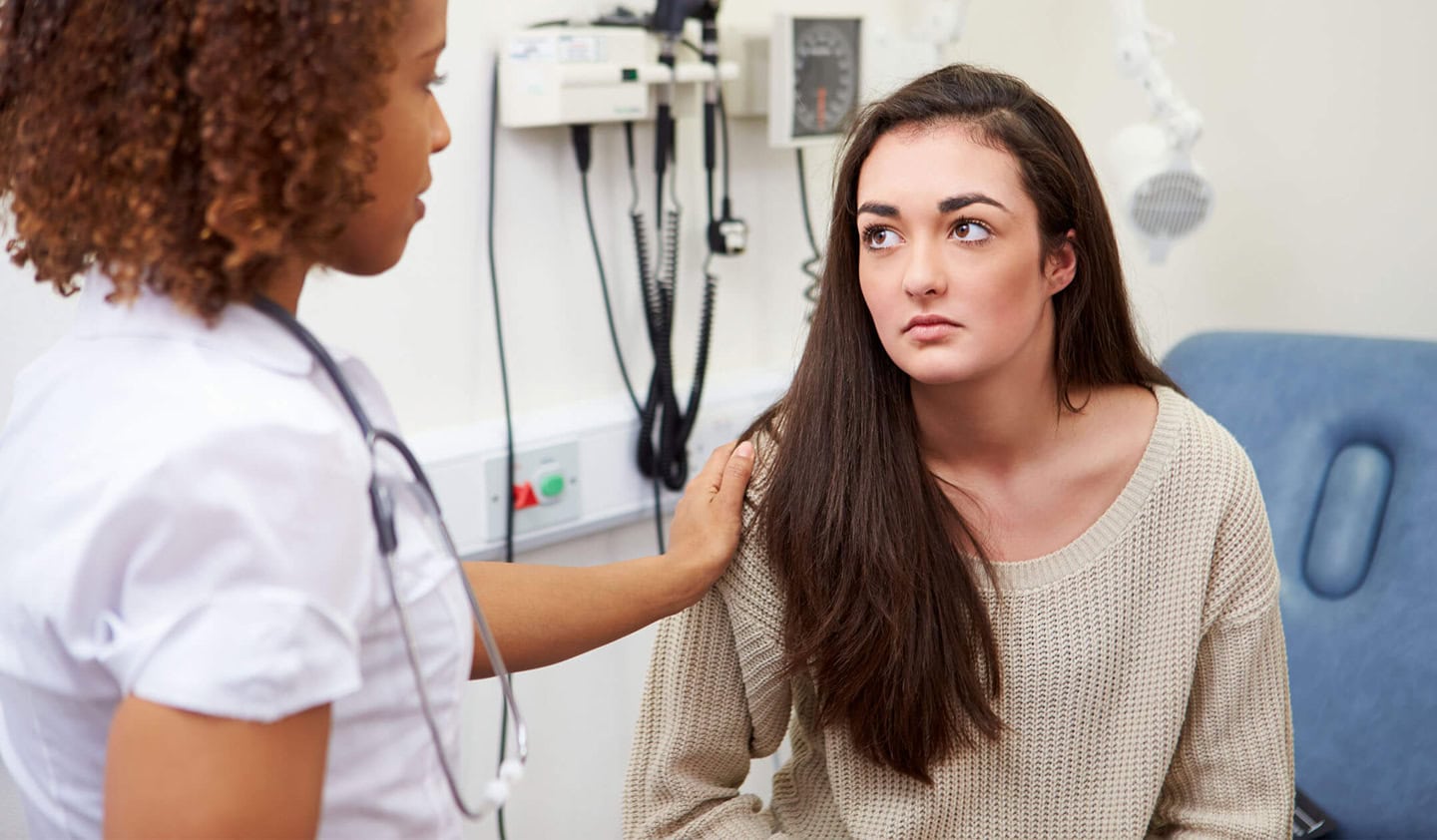In 2022, Brazil recorded 67,626 incidents of rape against women. “This is equivalent to approximately one rape every 8 minutes in the country,” reveals the Annual Socioeconomic Report on Women (Raseam), launched on Wednesday (Apr. 24) in Brasília by the Ministry of Women.
According to the document, the Southeast, Brazil’s most populous region, reported the highest number of rapes, totaling 22,917 cases. The South followed closely with 14,812 incidents. In the Northeast, 14,165 rapes were recorded; in the North, 8,060 cases; and in the Central-West 7,672 episodes of this type of violence were documented.
Raseam compiles statistics from surveys and administrative records from various sources. For instance, data on rape of women originates from the Ministry of Justice and Public Security, complemented by the government´s statistics agency IBGE’s Continuous National Household Sample Survey. This integration highlights the prevalence of such violence against women, evident in the perception of risk. In 2021, one in five women interviewed reported feeling a “medium or high risk of being a victim of sexual assault.”
The report emphasizes that “violence against women operates as a social institution, serving as a mechanism to uphold relations of domination and exploitation.”
Aggression
The Annual Socio-Economic Report on Women encompasses 270 indicators across seven thematic areas. The study reveals that black women encounter more adverse conditions compared to both white women and men of all ethnicities.
Data from the 2022 Population Census, as included in the report, indicate that the largest demographic in Brazil, transcending color and gender, comprises black women (brown and black), constituting 54.5 percent of the population. Moreover, they are disproportionately affected by sexual, domestic, and various other forms of violence. Statistics from the Ministry of Health, also featured in the report, underscore this disparity, revealing that in 2022, 59.8 percent of victims of aggression were black, while more than 38 percent were white, and nearly 1 percent were indigenous.
Source: Agência Brasil


